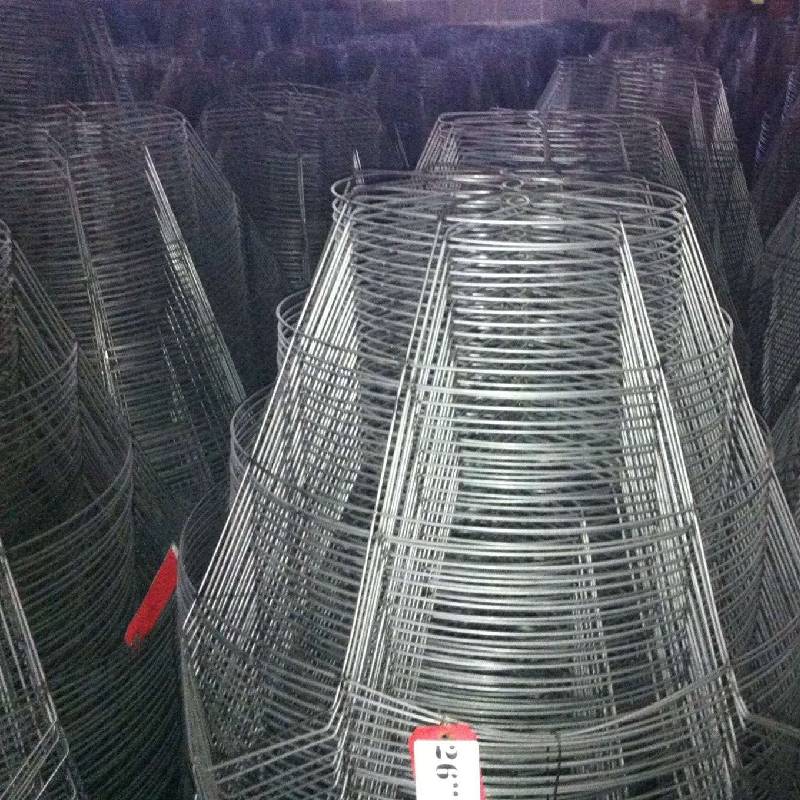
- Mobile Phone
- +8613931874955
- sales@cntcmetal.com
The Importance of Wall Ties in Bricklaying for Structural Integrity and Safety
Understanding Bricklaying Wall Ties An Essential Component in Masonry
Bricklaying is an ancient construction technique that has stood the test of time, resulting in enduring structures that can last for centuries. One critical aspect of masonry is the use of wall ties, which play an essential role in ensuring the integrity and stability of brick walls. This article delves into the importance, types, and installation of wall ties in bricklaying.
What Are Wall Ties?
Wall ties are metal connectors used to bond two separate walls together, often a masonry wall and a backup wall made of brick, block, or concrete. Their primary purpose is to provide structural stability and prevent the walls from moving apart due to lateral forces such as wind or soil pressure. They also help to control moisture movement between the walls and ensure that both walls work together to resist structural loads.
Types of Wall Ties
There are several types of wall ties available, each designed for specific applications and materials. The most common types include
bricklaying wall ties

1. Approved Wall Ties These are regulated by standards such as the British Standard 5628, ensuring they have adequate strength and durability for structural applications. 2. Stainless Steel Ties These are resistant to corrosion and ideal for locations where moisture may be a concern, such as coastal areas. 3. Plastic Ties Lightweight and resistant to corrosion, plastic ties are suitable for various masonry applications but may not be as strong as their metal counterparts. 4. Cavity Wall Ties Typically used in cavity walls, these ties help keep the two leaves of the wall connected while allowing for drainage of any moisture that may penetrate the outer layer.
Importance of Proper Installation
The effectiveness of wall ties is contingent upon their proper installation. According to building regulations, wall ties must be spaced adequately to ensure they can provide the necessary support. The recommended spacing is usually every 600mm vertically and 450mm horizontally. Installation should occur at the same level for both walls to create a uniform connection.
Moreover, attention to detail is crucial during the installation process. It's essential to ensure that the wall ties are embedded correctly in the mortar joints and that they are aligned appropriately to provide maximum strength. Additionally, the ties should be installed at a slight angle to facilitate water drainage, reducing moisture accumulation within the wall cavity.
Conclusion
In summary, wall ties are an indispensable aspect of bricklaying that contribute significantly to the safety and longevity of masonry structures. By ensuring proper selection and installation, builders can enhance the structural integrity of their projects. Whether used in residential or commercial construction, understanding the role of wall ties can help prevent costly repairs and ensure that buildings remain safe and compatible with both aesthetics and functionality for years to come. As we advance into more innovative construction practices, the importance of traditional elements like wall ties remains foundational to the art of bricklaying.
share:
-
Yard Sign Stakes: Reliable Guardians of Outdoor SignsNewsAug.04,2025
-
Wall Ties: Invisible Guardians of Building StabilityNewsAug.04,2025
-
Resilient Web: The Super Guardian Power of Concrete MeshNewsAug.04,2025
-
Masonry Accessories: A versatile assistant on building foundationsNewsAug.04,2025
-
Iron Binding Wire: the 'invisible reinforcement specialist' in the fields of architecture and industryNewsAug.04,2025
-
Dynamic Spring: The diverse functions and excellent performance of Wire Tension SpringNewsAug.04,2025
-
Your Source for Concrete Wall Ties and Masonry AccessoriesNewsJul.10,2025



















